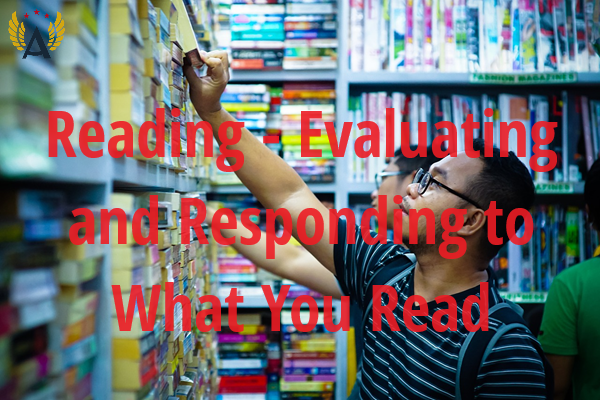Unit 2: Reading—Understanding What You Read
Unit 2: Reading—Understanding What You Read

Unit 2: Reading—Understanding What You Read
 Unit 2: Reading—Understanding What You Read
Unit 2: Reading—Understanding What You Read
Understanding what you read is essential for extracting meaning, gaining knowledge, and engaging with written material effectively. Here are some strategies to help improve your reading comprehension:
Preview the Text: Before diving into the text, take a moment to preview the material. Skim through headings, subheadings, and introductory paragraphs to get an overview of the main ideas, topics, and structure of the text.
Set a Purpose for Reading: Clarify your purpose for reading the text. Are you reading for information, entertainment, analysis, or a specific goal? Having a clear purpose will help you stay focused and guide your reading process.
Activate Prior Knowledge: Connect the new information with what you already know. Reflect on your prior experiences, background knowledge, and existing understanding of the topic to create meaningful associations and deepen your comprehension.
Engage with the Text Actively: Read actively by asking questions, making predictions, and visualizing the content as you read. Pause periodically to summarize key points, identify main ideas, and check your understanding.
Monitor Your Comprehension: Be aware of your comprehension level as you read. If you encounter unfamiliar words, concepts, or passages that are confusing, pause to reread, clarify, or look up definitions to ensure understanding.
Use Reading Strategies: Employ various reading strategies such as skimming, scanning, summarizing, and annotating to enhance comprehension and retention. Adapt your reading approach based on the purpose of your reading and the nature of the text.
Identify Text Structure: Pay attention to the organization and structure of the text, including headings, subheadings, transitions, and key details. Recognizing the text structure can help you anticipate content, follow the author's logic, and extract meaning more effectively.
Monitor Your Reading Pace: Adjust your reading pace based on the complexity of the material and your comprehension level. Slow down for dense or challenging passages that require closer attention, and speed up for familiar or straightforward content.
Reflect and Summarize: After reading a section or completing the text, take time to reflect on the main ideas, themes, and insights gained from the reading. Summarize key points in your own words to reinforce understanding and retention.
Discuss and Share: Engage in discussions, debates, or writing activities to further explore the content and exchange perspectives with others. Sharing your interpretations, questions, and reactions with peers or mentors can deepen your understanding and stimulate critical thinking.
Practice Regularly: Like any skill, reading comprehension improves with practice. Make reading a regular habit, and expose yourself to a wide range of texts, genres, and formats to develop versatility and proficiency in understanding written material.
By incorporating these strategies into your reading routine and approaching reading as an active and purposeful process, you can enhance your comprehension skills and derive greater meaning and value from the texts you encounter.
Vocabulary
Lesson Reading
Videos and Interactives (Click on Images to View Content)


